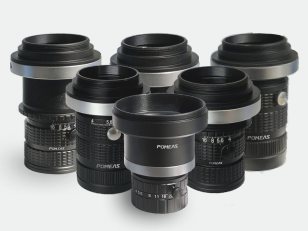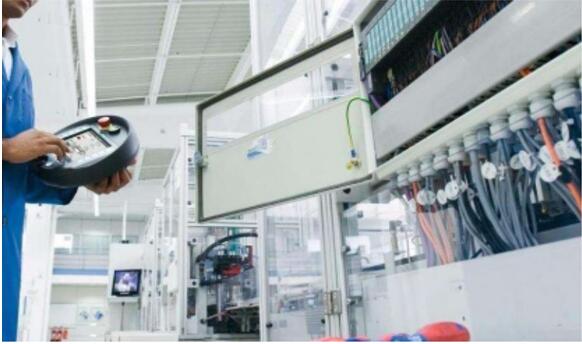In the field of industrial vision, line scan cameras and area scan cameras represent two distinct “observation modes,” each serving diverse production scenarios with unique advantages. As core imaging components, their performance directly determines inspection efficiency and accuracy. This article will compare and analyze them from three perspectives: principles, applications, and respective strengths and weaknesses.


I. Principle Differences: Motion Capture vs. Global Snapshot
Line-scan cameras employ a “single-line-of-pixels + synchronized movement” mechanism, sequentially stitching together complete images through the relative motion between the target object and the camera. This essentially involves cumulative imaging over time, making it particularly well-suited for objects in continuous motion.
Key characteristics: Captures only a single line of pixels per scan, requiring encoders for precise displacement control.
A line-scan camera captures a two-dimensional image of the entire field of view in a single pass, similar to the process of taking a photo. It relies on a high-resolution sensor to directly acquire static images without requiring additional motion compensation.
Core advantages: Instant full-view presentation, simplifying system complexity.
II. Application Scenario Segmentation
01. Line-scan cameras excel in: inspecting surface defects on long, cylindrical materials (e.g., cables, pipes) and large panels on high-speed production lines, as well as scenarios requiring ultra-high precision measurement. For instance, they overcome the field-of-view limitations of area-scan cameras in lithium battery electrode coating quality inspection.
02. Area-scan lens expertise: Positioning of static or slow-moving workpieces, character recognition (OCR), and dimensional measurement of precision components. In PCB solder joint inspection, area-scan sensors rapidly identify minute solder joint conditions.
III. Strengths and Weaknesses Comparison Chart
| Dimension | Line-scan Lens | Focal plane array lens |
| Speed | Ultra-high (suitable for high-speed production lines) | Medium (frame rate dependent) |
| Resolution | Theoretical limitless (lengthwise) | Fixed resolution (chip-dependent) |
| Installation Difficulty | The motion platform requires precise calibration. | Simple structure, plug-and-play |
| Cost | High initial investment (including moving mechanisms) | Outstanding value for money |
| Environmental Adaptability | Sensitive to vibration, requiring a stable transmission system | Highly resistant to interference |
| Flexibility | Applicable only to scenarios involving uniform linear/curvilinear motion | Multi-angle free shooting |
For projects involving high-speed continuous production, ultra-wide field-of-view requirements, or cylindrical surface inspection, line scan solutions can significantly boost throughput. Conversely, for static measurements, multi-angle inspections, or budget-constrained scenarios, area scan lenses offer greater cost-effectiveness and convenience. In practical deployments, hybrid inspection systems can be built by combining the strengths of both approaches.
POMEAS remains committed to delivering optimal vision solutions for diverse industrial applications. For professional selection guidance, please contact our technical team!
Product recommendation
TECHNICAL SOLUTION
MORE+You may also be interested in the following information
FREE CONSULTING SERVICE
Let’s help you to find the right solution for your project!


 ASK POMEAS
ASK POMEAS  PRICE INQUIRY
PRICE INQUIRY  REQUEST DEMO/TEST
REQUEST DEMO/TEST  FREE TRIAL UNIT
FREE TRIAL UNIT  ACCURATE SELECTION
ACCURATE SELECTION  ADDRESS
ADDRESS Tel:+ 86-0769-2266 0867
Tel:+ 86-0769-2266 0867 Fax:+ 86-0769-2266 0867
Fax:+ 86-0769-2266 0867 E-mail:marketing@pomeas.com
E-mail:marketing@pomeas.com
